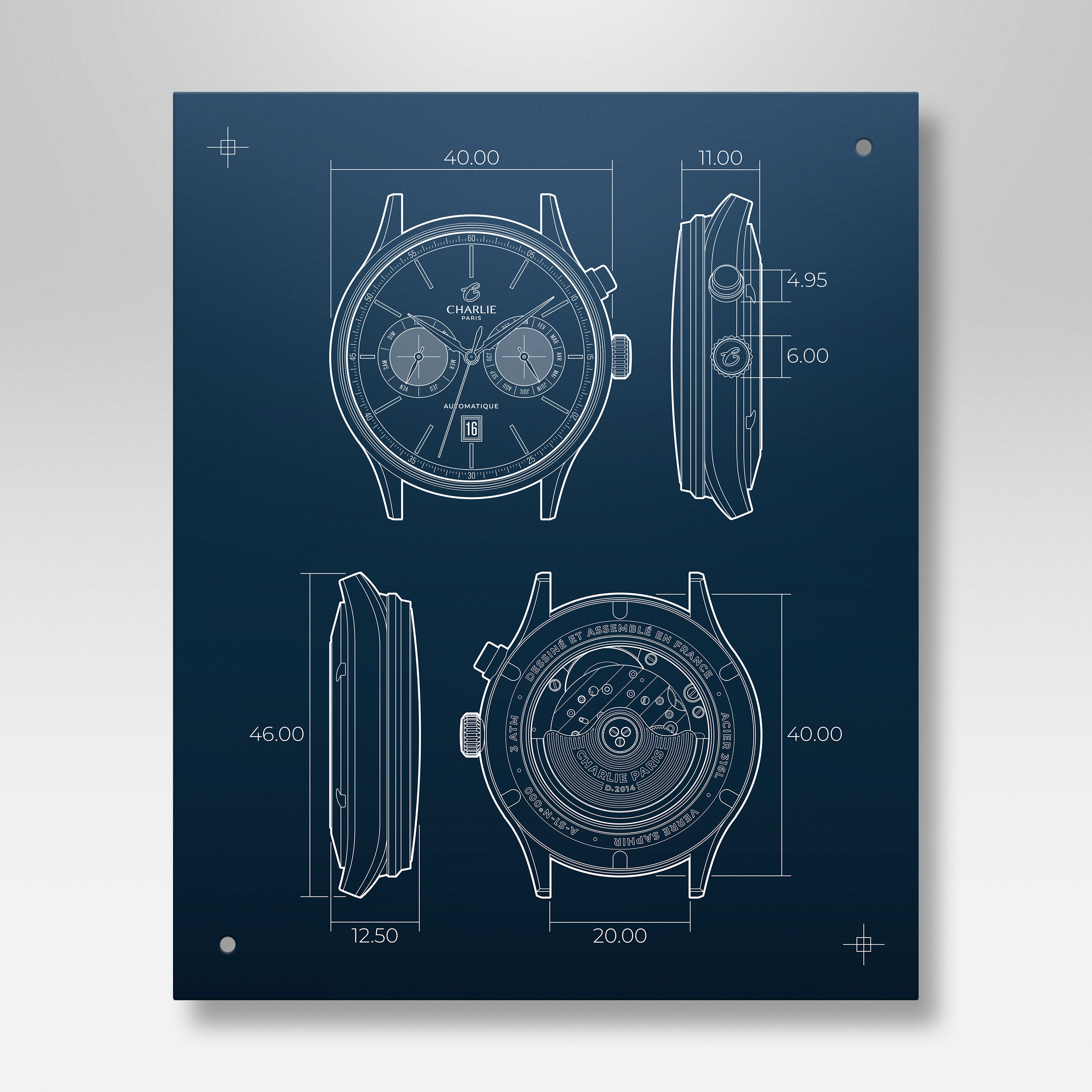Since 1998, the time change dates have been harmonized within the European Union. In all member countries, the changeover to winter time takes place on the last Sunday in October and the changeover to summer time on the last Sunday in March. In France, the French have been moving their watches forward or backward every year since 1974, but have you ever wondered how to explain this time change?
Was Benjamin Franklin at the origin of the time change?
The idea of applying a time change is very old and we owe it to Benjamin Franklin in 1784, while he was ambassador of the United States. Woken up very early by a noise in the street, he noticed that the daylight was already filtering behind the curtains, and understood that several hours of daylight were being lost by the Parisians, who were still asleep. His proposal was to adapt the hours of rest to the rhythm of the sun: get up earlier to take advantage of the morning light, and go to bed earlier to save candles. Clever, isn't it? But rather than forcing men to change their rhythm and habits, the idea was born to change the time displayed by the clocks. Daylight saving time was born, but the change from winter to summer time will take more than a century to really break through. Indeed, it was in 1916 that daylight saving time was first applied in Germany-Austria-Hungary in order to save coal for the war effort by limiting domestic consumption. In the spring of 1916, France, the United Kingdom and the United States also made a time change. But the change to daylight saving time will be abandoned once peace returns.
The time change: From the occupation to today
In June 1940, Nazi Germany occupied France, which at that time was on London time (GMT). But Germany is at GMT+2, and there is no question that the Occupiers adapt to the French summer time (GMT+1)! All the occupied territories pass thus "to the German time", that is to say to GMT+2.
This is where it gets complicated! France is split in two on both sides of the demarcation line: in the North, the French live at GMT+2 while the South has kept GMT+1. You can't stand waiting for a late train? Then imagine the headache imposed on the SCNF, whose trains cross the demarcation line every day, trying to adapt to the different time zones... It is therefore under the impulse of the SNCF, tired of the permanent delays, that the Vichy government decreed in February 1941 a time change in the free zone, which led to the passage of the whole of France to the German time, GMT+2, which will remain so until 1945.
At the Liberation, the government decided to switch back to GMT+1 at first, thinking of returning to GMT later. In 1973, the context of the oil crisis pushes the French government and its President, Valéry Giscard d'Estaing, to use again the time change to reduce the energy consumption of the households: it is the birth of the slogan "We do not have oil, but we have ideas! After the rationing of the gas stations and the stop at 23h of the television programs, the Chirac government reintroduces in 1976 the change of hour, the objective being to make better correspond the schedules of activities with the sunning, thus limiting the expenses of lighting. The activities being much more important at the end of the day, taking advantage of an extra hour of daylight in the late afternoon or evening allows the government to make significant savings, according to supporters of this measure. As you can see, the time change is a tool that has been used for a long time, more or less rightly, to regulate energy consumption, reduce the need for artificial lighting and optimize the time of day activity. So you know why it is necessary today to change the time on your men's watch or women's watch.
Do all countries change time?
The answer is no! If all the countries of the European Union and the United States change time twice a year, more than a hundred do not apply it, especially in Asia and Africa. Russia also abandoned the time change in 2011, considering that this change was harmful to the biological rhythm of its inhabitants.












Leave a comment
This site is protected by hCaptcha and the hCaptcha Privacy Policy and Terms of Service apply.